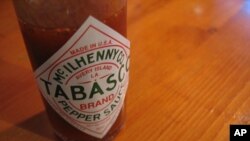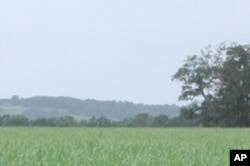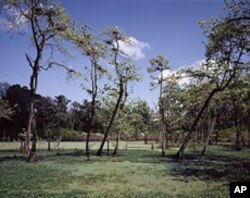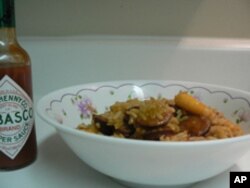Picture the steamy, rainy bayou country of Louisiana, full of swamps and slow-moving streams that harbor water snakes and alligators and hoot owls that frighten strangers on a moonlit night among the ancient oak trees draped in Spanish moss.
Right in the middle of this swampland is an amazing tropical oasis called Avery Island that has been owned by the same family for almost 200 years.
But it's not an island at all. It's a 900-hectare rise atop one of five pillars of salt that stretch farther down into the earth than Mount Everest, world's tallest peak, is high.
So mining salt is one of the activities on Avery Island. So is managing incredible botanical gardens and wildlife sanctuaries.
But it's a food-processing operation that makes Avery Island world-famous.
Each day, more than half a million little 60-millileter bottles of Tabasco pepper sauce - and other bottles as large as 4 liters - rattle off production lines, destined for sale in more than 100 countries.
Tabasco dates to the late 18-hundreds, when a New Orleans banker, Edmund McIlhenny, moved to Avery Island and began to grow a strain of fiery-hot peppers first cultivated in the Tabasco region of Mexico.
The same day the peppers are picked, they're sealed - along with salt and grain vinegar - in white-oak barrels covered with a thick layer of Avery Island salt.
During aging, gases from the mixture escape, but the salt cap protects it from outside air and impurities.
After three years, the mash is appraised by the eyes and nose of a member of the McIlhenny Family.
And to this day, just about every table in South Louisiana has three seasonings: a little salt, a little pepper, and lots of Tabasco sauce.









